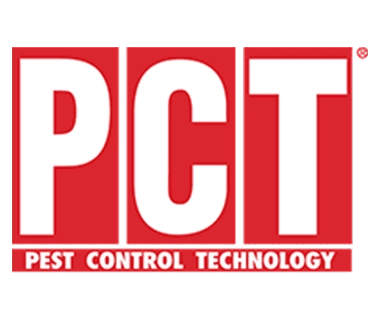How To Choose a Pest Control Company
It's important to choose the right pest control company for you. Factors you may consider include licensing and qualifications, treatment methods, years of experience, customer reviews, and cost.
Below, we explore the details of each of these factors.
Does the company have a valid license and permits to perform pest control?
The United States Environmental Protection Agency (EPA) has established minimum standards of competency for pesticide applicators, but licensing is overseen at the state level. All pesticide applicators and their supervisors in California must be licensed through the proper state regulatory agencies.
Is the company a member of any professional organizations?
A pest control company can receive optional certifications from trade organizations like QualityPro to support its methods and standards. One particular certification is the GreenPro Service Certification, which is granted when a company can demonstrate that its methods are more environmentally friendly. These companies also need to maintain certain training standards for employees.
A pest control company can also be a member of certain professional organizations. Being a member of organizations like the National Pest Management Association (NPMA) or state-level organizations is not mandatory, but helps show that a company is reputable. When a pest control company joins the NPMA, it gains access to resources, education, and a network of pest professionals with whom to discuss practices and methods.
Professional Experience and Specialties
How long a company has been in business can shed some light on its experience dealing with various pests. Customer reviews or the company's own website can also help you figure out whether it has the experience necessary to eliminate the particular pests that are plaguing you. If you can't find the information you need online, contacting the company directly is an excellent way to learn about its areas of expertise.
Reviews and Recommendations
You can look up a company's rating on the Better Business Bureau (BBB), explore reviews on social media or local review sites, or check the standing of its license via the California licensing board.
Cost of Services and Guarantees
The cost of pest control can vary based on things like your location, the type of pest being treated, the size of your house, and other factors.
When thinking about the cost of services, you should verify whether a company offers free on-site estimates as part of its process. This can inform you whether the company fits into your budget. Also look into what guarantees a company offers: If the problem is not resolved, or returns, does the company provide additional treatments until the problem is satisfactorily resolved?
Safety and Treatment Methods
When choosing a pest control provider, you want to select one that will help keep you, your family, and your pets safe. You'll likely also prefer a provider that is environmentally-conscious.
Safety
It's important to understand the precautions for the pesticides used around your home, for the sake of you, your family, and your pets. Your pest control provider should be capable of providing information about any pesticides they will be using, whether they are low toxicity or non-toxic, and (if not) what safety measures will be used. All pesticides (except minimum-risk ones) need to be registered with the EPA.
Treatment Methods
Nowadays, many companies are exploring cleaner and greener pest solutions that can be used before (or in place of) chemical pesticides. Many follow the practice of Integrated Pest Management (IPM), which goes as follows:
- Figure out what pests are causing the problem and determine whether immediate action is required.
- Determine the best and safest course of action.
- Manage the pest problem using a combination of biological, cultural, physical, and mechanical controls.
- Employ chemical controls only when absolutely necessary, and always in combination with other solutions for effective long-term pest management.
- Observe the results and continue with additional pest control as needed.
















